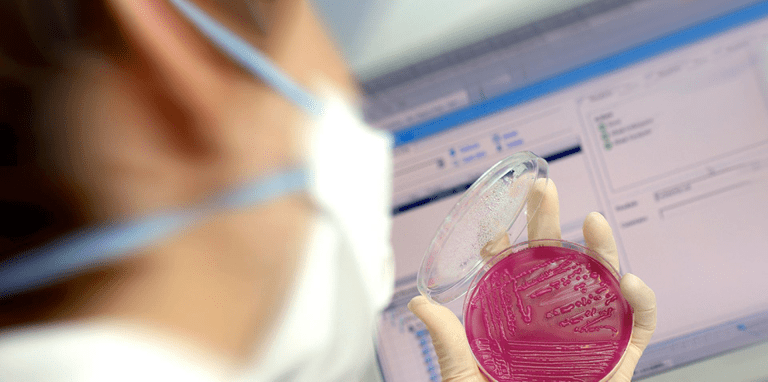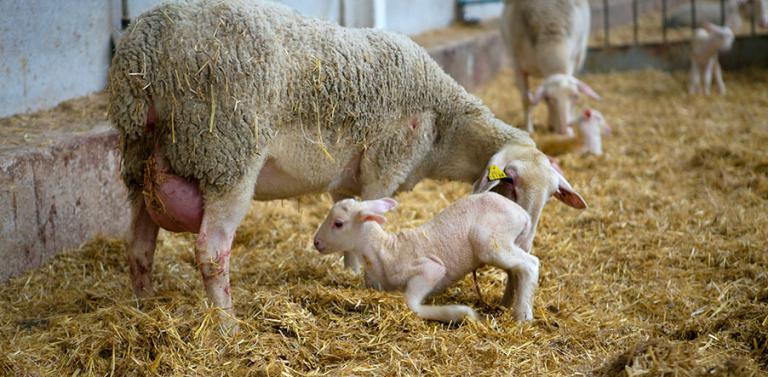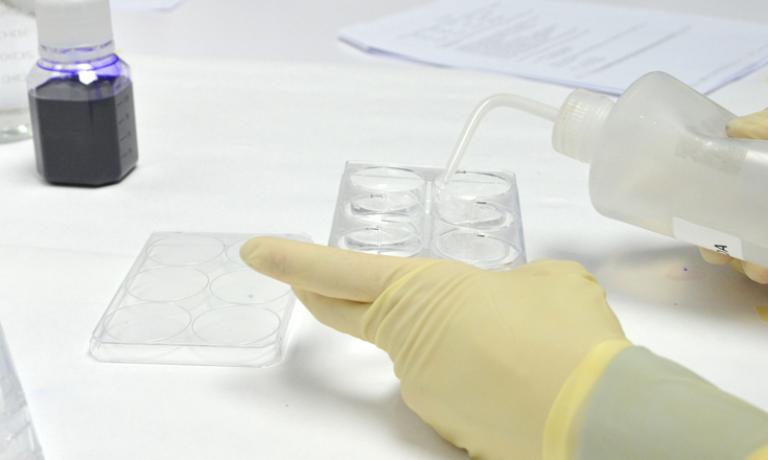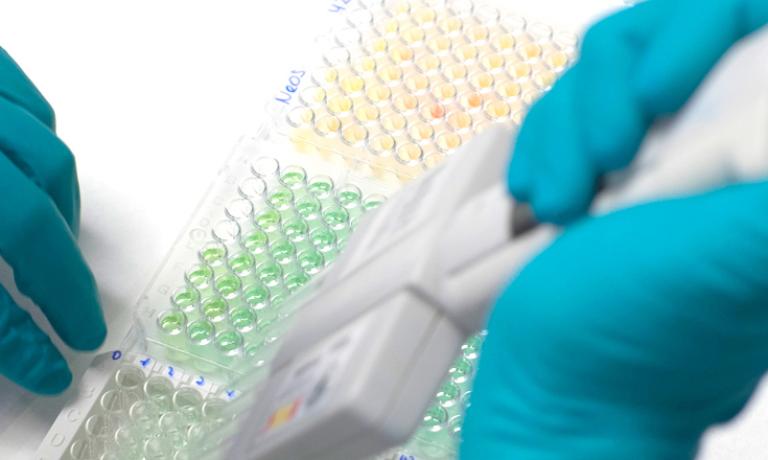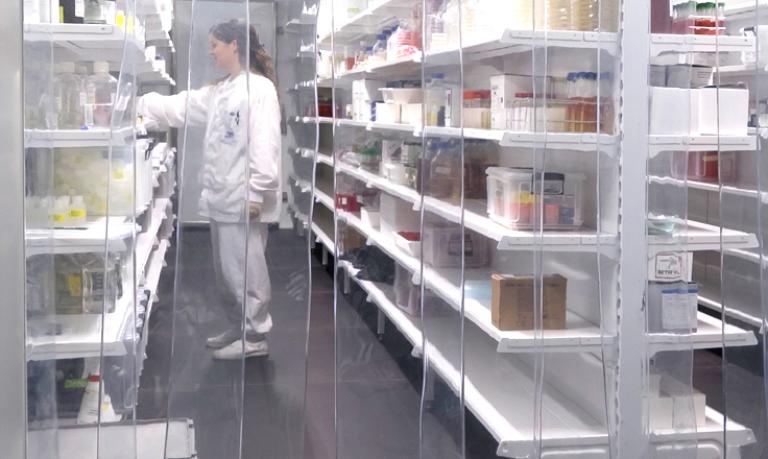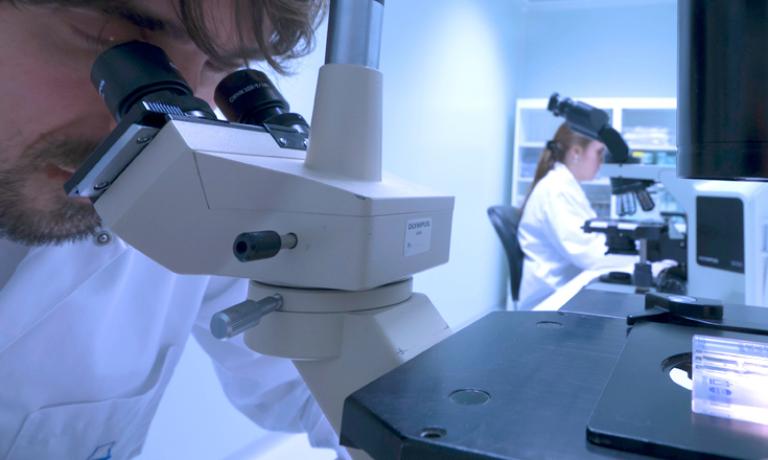Field trial to evaluate efficacy of a novel vaccine against biofilm formation by staphylococci, in protecting ewes against staphylococcal mastitis
The results confirmed a protective effect of Vimco® vaccine against staphylococcal mastitis in ewes; protection of vaccinated ewes was stronger up to 90th day of the lactation period.
During the first three months of lactation period, protection of ewes is of particular importance, as there is increased risk of mastitis and milk production is at highest level; hence, mammary infections have a significant adverse effect in dairy (reduced milk production) and in meat (suboptimal growth of lambs) production systems.
Ovine mastitis is a significant production-limiting disease and the most important welfare problem of sheep, across all production types and all management systems. Control is based in a combination of management techniques, with little evidence available regarding applied immunoprotective measures. Objective of the present field trial was to evaluate the efficacy of a novel vaccine for protection of ewes against staphylococcal mastitis. The vaccine induces antibodies against the poly-N-acetyl β-1,6 glucosamine exopolysaccharide, the main component of the extracellular biofilm matrix of staphylococci, and acts in preventing slime production and consequently biofilm formation by these organisms, which are a principal causal agent of ovine mastitis.
The results confirmed a protective effect of Vimco® vaccine against staphylococcal mastitis in ewes; protection of vaccinated ewes was stronger up to 90th day of the lactation period. During the first three months of lactation period, protection of ewes is of particular importance, as there is increased risk of mastitis and milk production is at highest level; hence, mammary infections have a significant adverse effect in dairy (reduced milk production) and in meat (suboptimal growth of lambs) production systems.




